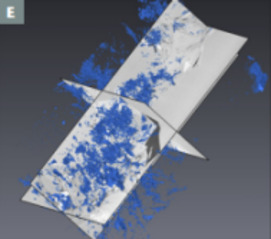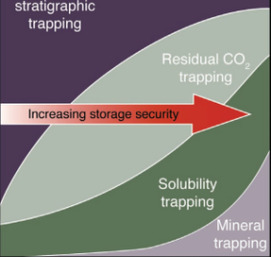Unconventional Hydrocarbon Resources: Prospects and Problems
The global energy landscape has changed significantly in the last few years as a result of technological advances in the recovery of unconventional hydrocarbon resources such as tight oil and shale gas. Studies have been initiated to assess the impacts of extraction and production of unconventional hydrocarbons on surface water, groundwater, and local air quality. There is additional concern over how their extraction and utilization on a global scale may contribute to atmospheric chemistry and global climate change. This article provides an overview of opportunities and challenges offered by the abundance of unconventional hydrocarbons, the driving forces that encourage our rush to employ them, and the need for Earth scientists to engage in studies of their properties and impacts on the environment. A fundamental understanding of geological, mineralogical, and geochemical processes is integral to how we responsibly extract and utilize these resources.
Unconventional Hydrocarbon Resources: Prospects and Problems Read More »






